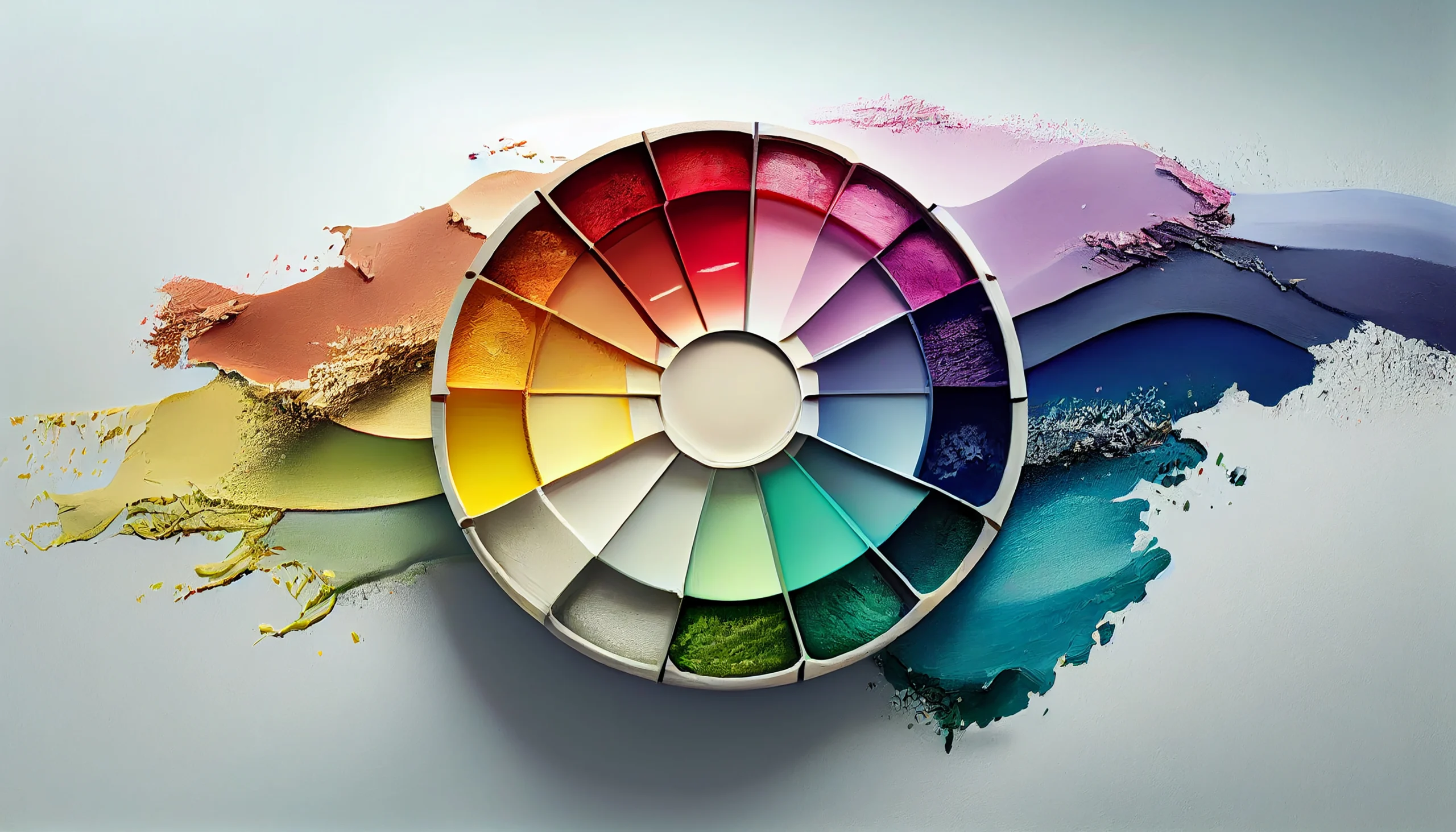The Power of Colors
Colors are more than simple visual stimuli, they have the power to evoke emotions, influence decisions, and even shape behaviors. The psychology of color studies how different hues can affect our emotional state and actions. However, what many don’t know is that the perception and meaning of colors can vary immensely from one culture to another.
What red means to a Westerner can be completely different for someone in Asia or Africa. While in the West, blue might be associated with tranquility, in some Eastern cultures, it represents immortality or suffering. In this article, we’ll explore how colors have different meanings across the globe and the profound impact they have on our daily lives and in art.
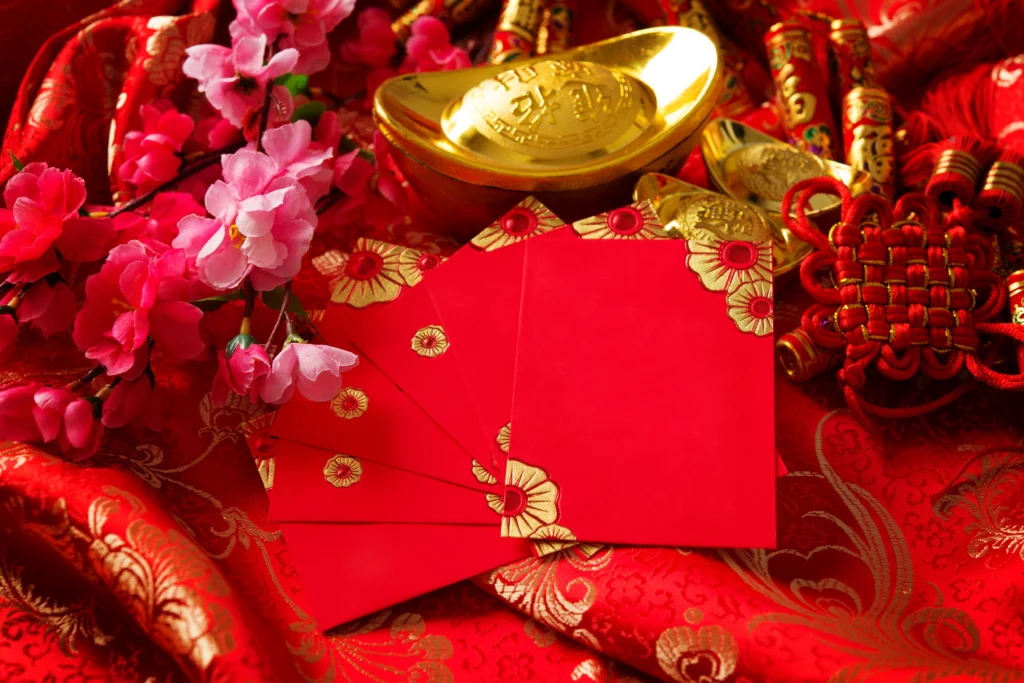
Red: Passion, Danger, and Prosperity
In many Western cultures, red is often associated with passion, love, and energy. But what about other parts of the world?
Red in the West: Passion and Danger
In the West, red is commonly linked to love and passion, but also to intensity and danger. It’s used to attract attention—think of warning signs, traffic lights, and even flags. Red has a strong psychological power, able to increase heart rates and even stimulate action. It’s a color that doesn’t go unnoticed.
Red in China: Prosperity and Good Luck
In Chinese culture, red is an auspicious color associated with good fortune, prosperity, and celebrations. During the Chinese New Year, red is everywhere, from decorations to gift envelopes, known as “hongbao”, which are given to bring good luck. Red is also traditionally associated with marriage, symbolizing happiness and good fortune for the newlyweds.
Red in India: Energy and Sacrifice
In India, red is a color deeply tied to the sacred, fertility, and marriage. Indian brides typically wear red clothing to symbolize prosperity and good wishes. However, it is also a color associated with sacrifice, as seen in religious rituals and ceremonies.
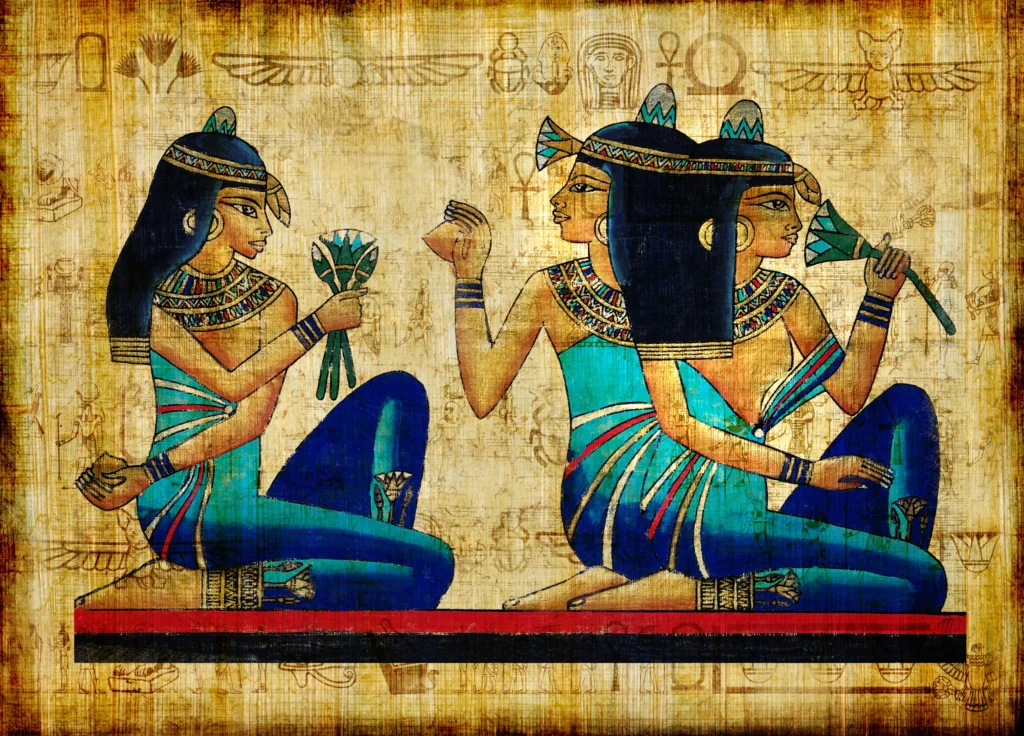
Blue: Tradition, Sorrow, and Immortality
Blue is one of the most beloved colors worldwide, symbolizing calm and serenity in many Western cultures. But in other parts of the world, its psychology and meaning have different nuances.
Blue in the West: Tranquility and Reflection
In the West, blue is often linked to calm, tranquility, and trust. Many businesses and companies choose blue in their logos to convey seriousness and stability. Moreover, the sky and the sea—both vast and serene—reinforce blue’s association with peace and reflection.
Blue in Ancient Egypt: Immortality and Protection
In Ancient Egypt, blue held sacred significance. Egyptian blue, a pigment created by the Egyptians over 5,000 years ago, was used in jewelry and paintings to symbolize immortality and divine protection. It was associated with gods like Osiris, and was thus used in funerary artifacts.
Blue in India: Sorrow and Mourning
In India, blue doesn’t carry the calm and positive connotation. Dark blue is often linked to sorrow and mourning, symbolizing suffering and death. In some religious and spiritual practices, the color blue is also associated with gods and immortal beings, but the meaning of sorrow remains strong.
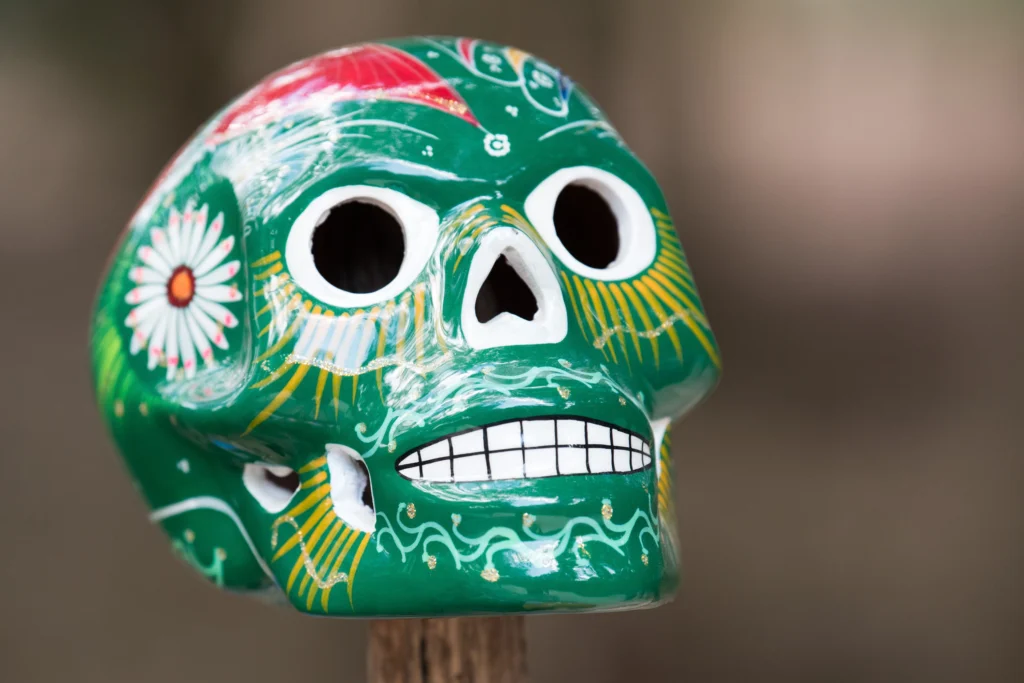
Green: Life, Death, and Balance
Green is another color that carries different meanings depending on the culture. For many, it’s synonymous with nature, life, and freshness, but in other contexts, it can represent death and desolation.
Green in the West: Nature and Hope
In the West, green is widely associated with nature, life, and hope. It’s a color that evokes the sense of renewal and growth, something that can be observed in spring when plants begin to sprout. Green is also tied to calmness, often used in spaces that seek to promote peace and serenity, such as hospitals or parks.
Green in Islam: The Sacred and Prosperity
For Muslims, green has sacred significance as it was the color of Prophet Muhammad’s mantle. It symbolizes life, prosperity, and faith. The color is also used in many flags of Islamic countries as a symbol of unity and religious devotion.
Green in Mexico: Death and Destiny
In Mexico, green carries a different connotation more somber. It is associated with death and destiny, and is used in some funeral ceremonies. Despite this, it also represents life and renewal, especially in the context of patriotic celebrations, like the Day of the Dead.
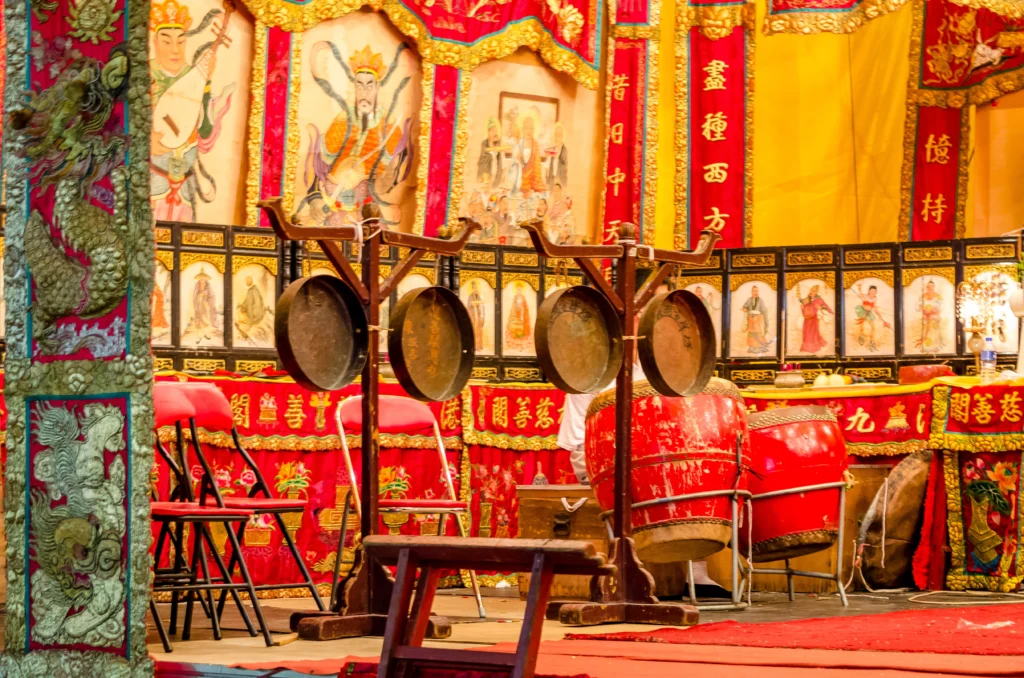
Yellow: Happiness, Caution, and Tradition
Yellow is widely recognized as the color of happiness and optimism, but in some cultures, it carries much more complex meanings.
Yellow in the West: Happiness and Optimism
In many Western cultures, yellow is seen as a cheerful color, representing happiness, joy, and optimism. It’s a color that grabs attention and is often associated with the sun, light, and warmth. However, color psychology also suggests that yellow can evoke caution and anxiety in some people due to its intensity.
Yellow in China: Caution and Prestige
In China, yellow is a color associated with imperialism and prestige, as it was the exclusive color of the emperor. However, yellow also carries connotations of caution and warning, as in some traditions, it was used in symbols of caution and precaution.
Yellow in Japan: Tradition and Good Fortune
In Japan, yellow also has connotations of good luck and prosperity. However, in some cultures, it may be associated with treason or cowardice, especially in negative contexts, as seen in the history of the samurai.
White: Purity, Death, and Rebirth
In the West, white is often associated with purity and innocence, but in other cultures, its meaning can be quite different.
White in the West: Purity and Peace
In many Western cultures, white is synonymous with purity, peace, and innocence. It is the color of wedding dresses in many countries and also tied to light and spiritual purity. White is used in many celebratory contexts, such as Christmas, symbolizing renewal.
White in China: Death and Mourning
In Chinese culture, white is associated with mourning and death. Unlike in Western cultures, where black is the traditional color of mourning, the Chinese wear white at funerals, symbolizing the end of life and the transition to the beyond.
The Psychology of Colors as a Universal Language
Colors are more than simple hues—they are universal languages laden with deep meanings and different interpretations across cultures. What in one culture symbolizes life and joy may, in another, be linked to death or mourning. The psychology of colors reveals the complexity of human emotions and how our cultural experiences shape the way we perceive and react to the world around us.
By exploring the diverse perceptions of color across cultures, we can not only learn about the symbolic meaning of each hue but also understand how these meanings reflect deeply rooted values, beliefs, and behaviors. Colors have an impressive power to influence our daily lives—and understanding their various cultural interpretations helps us connect better with the diversity and complexity of the world around us.
